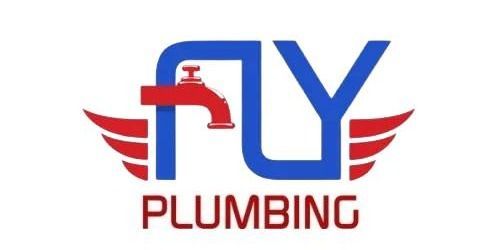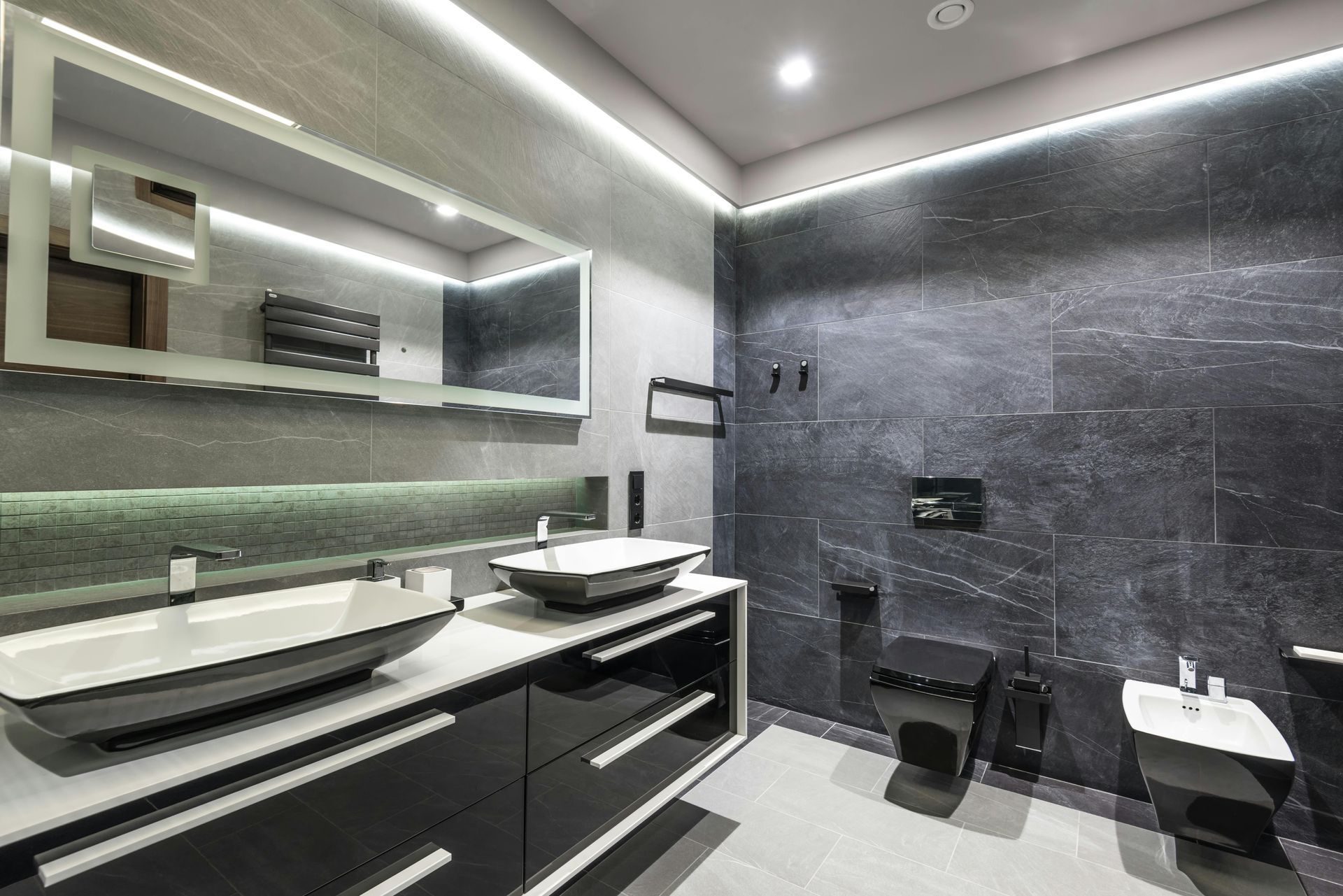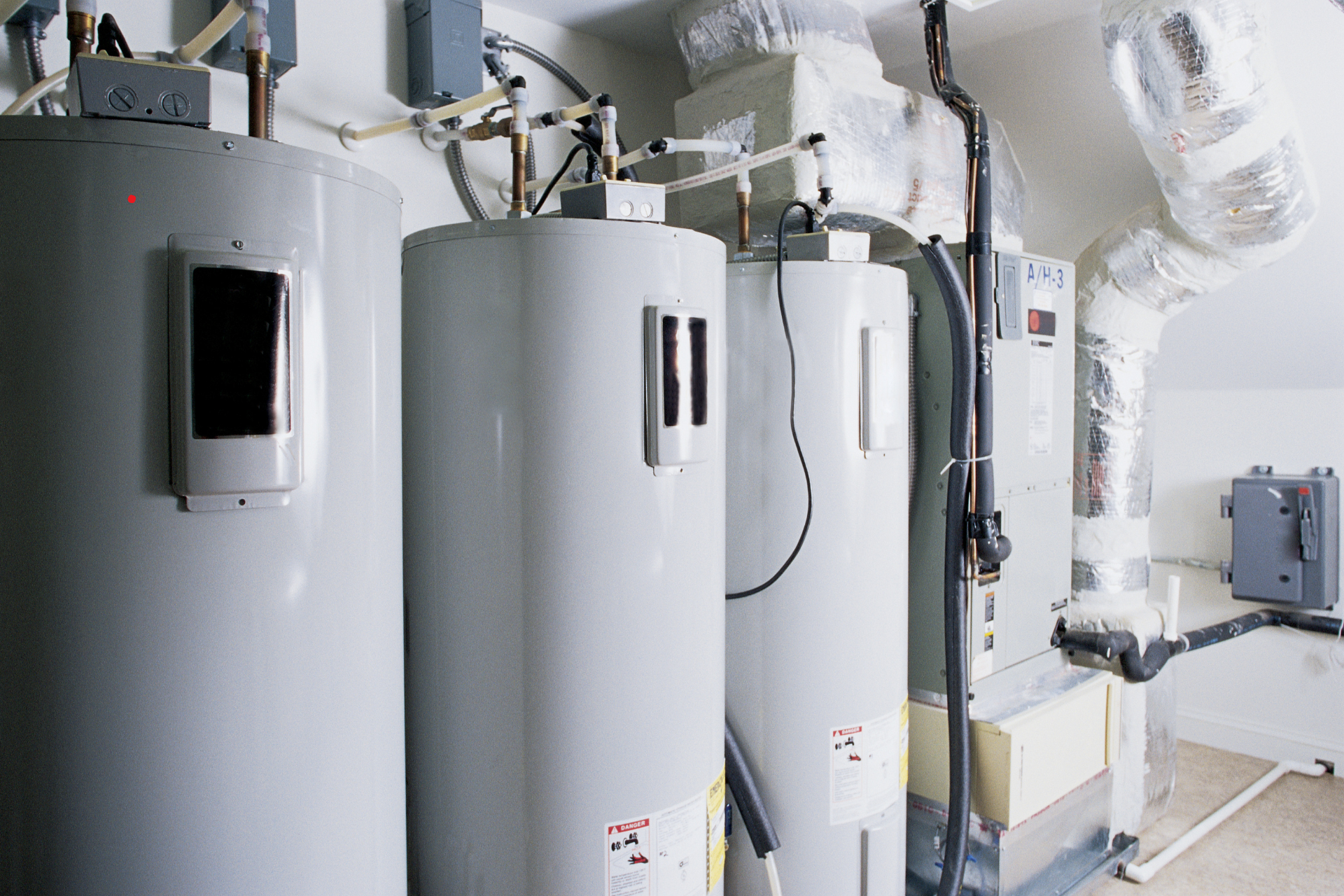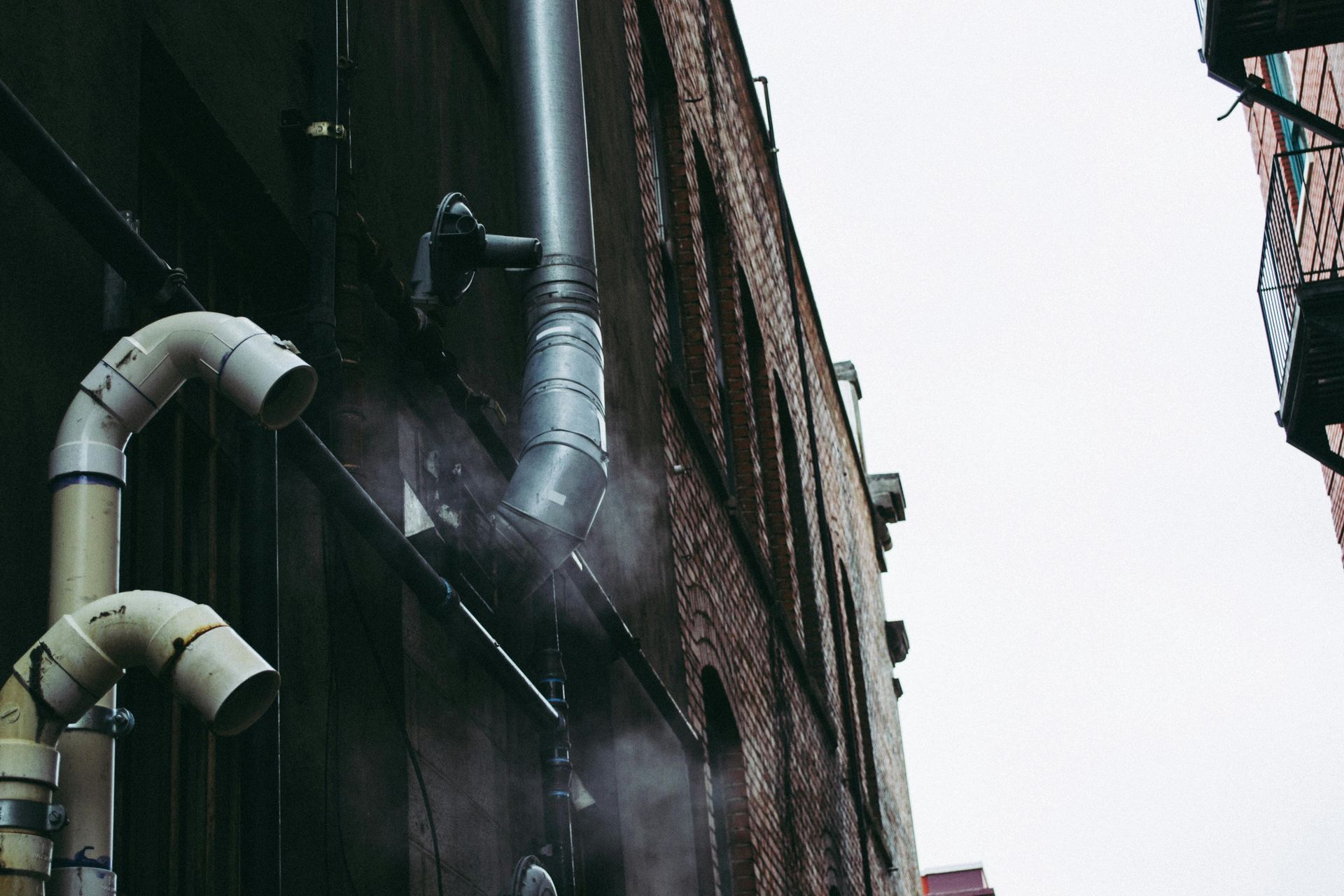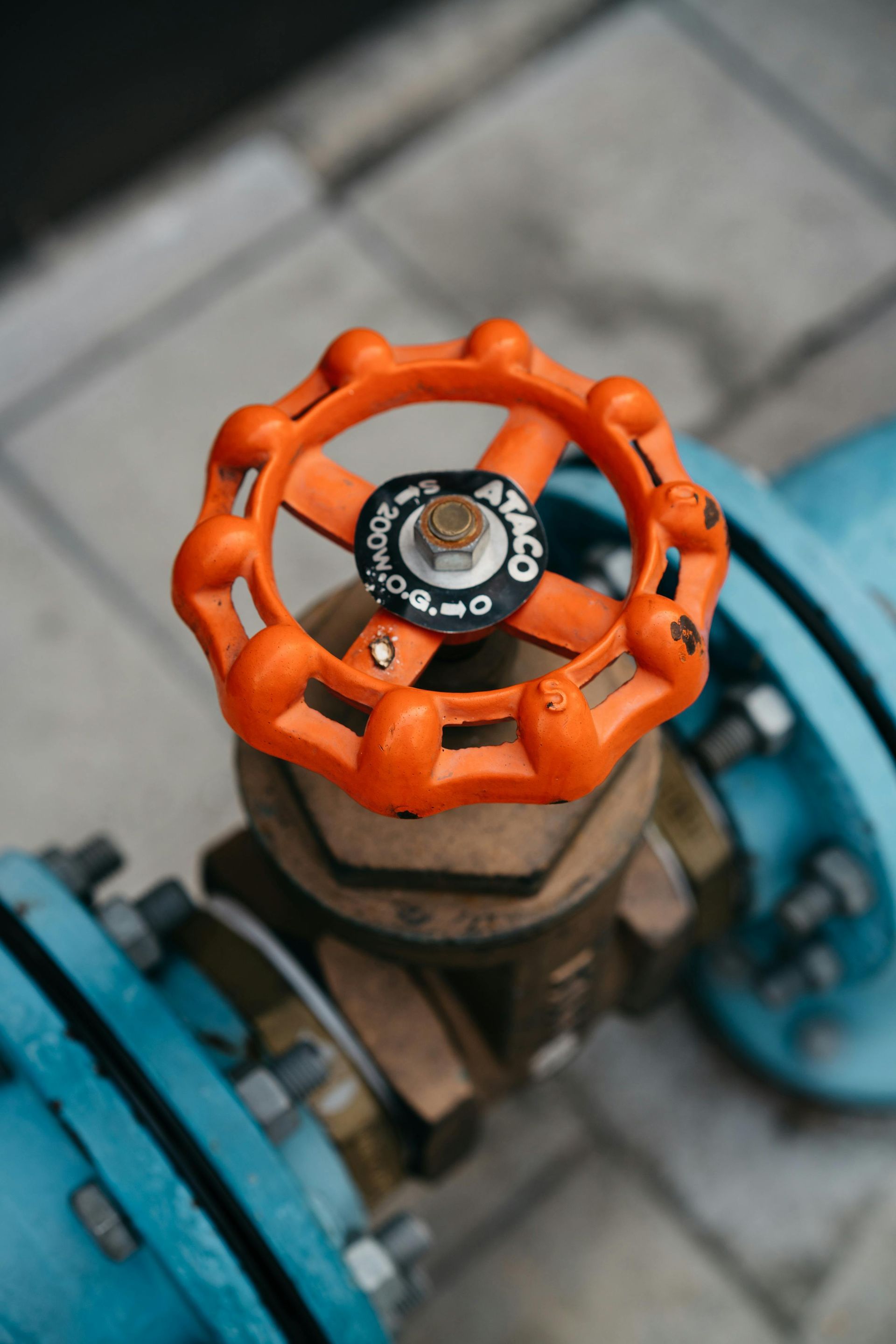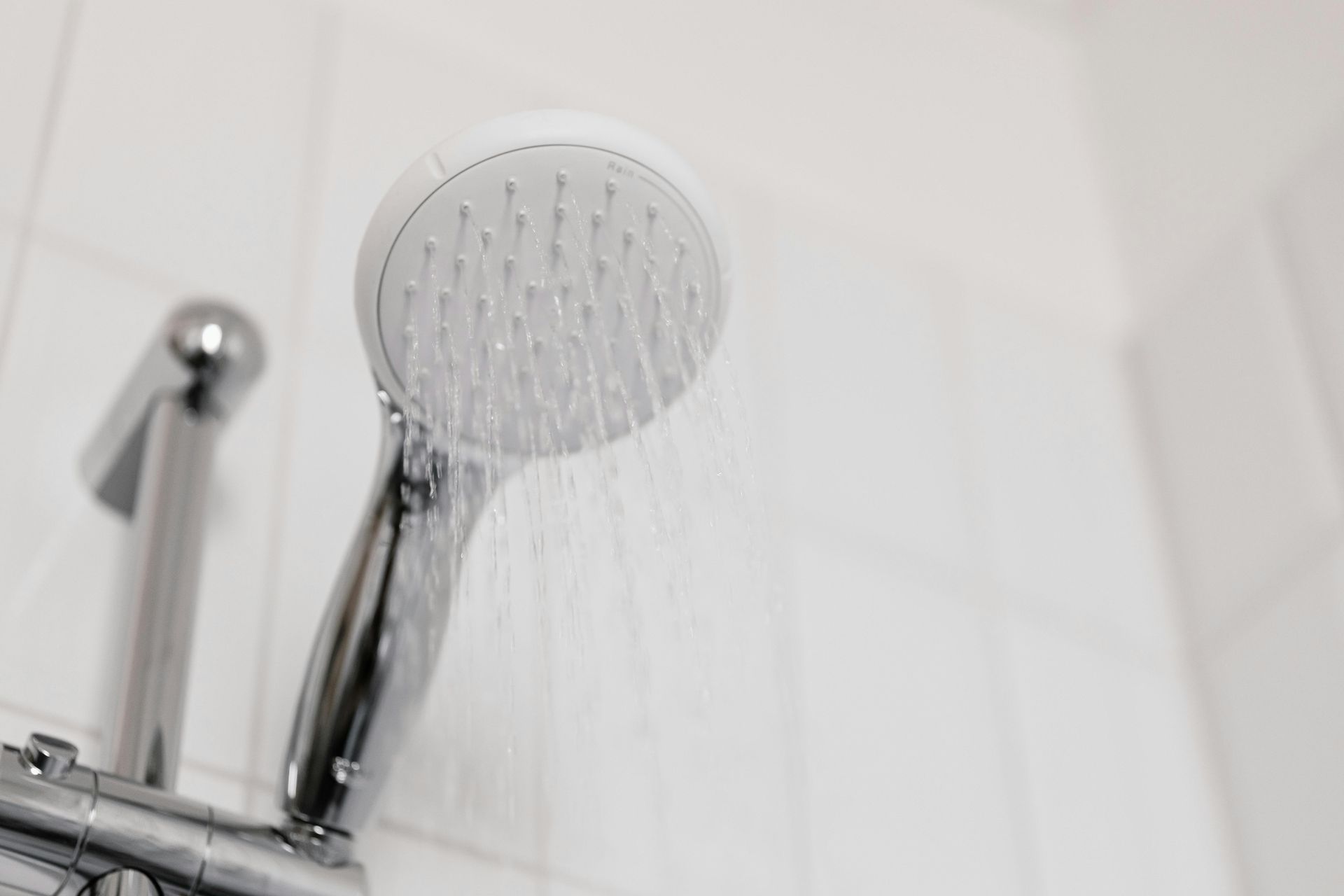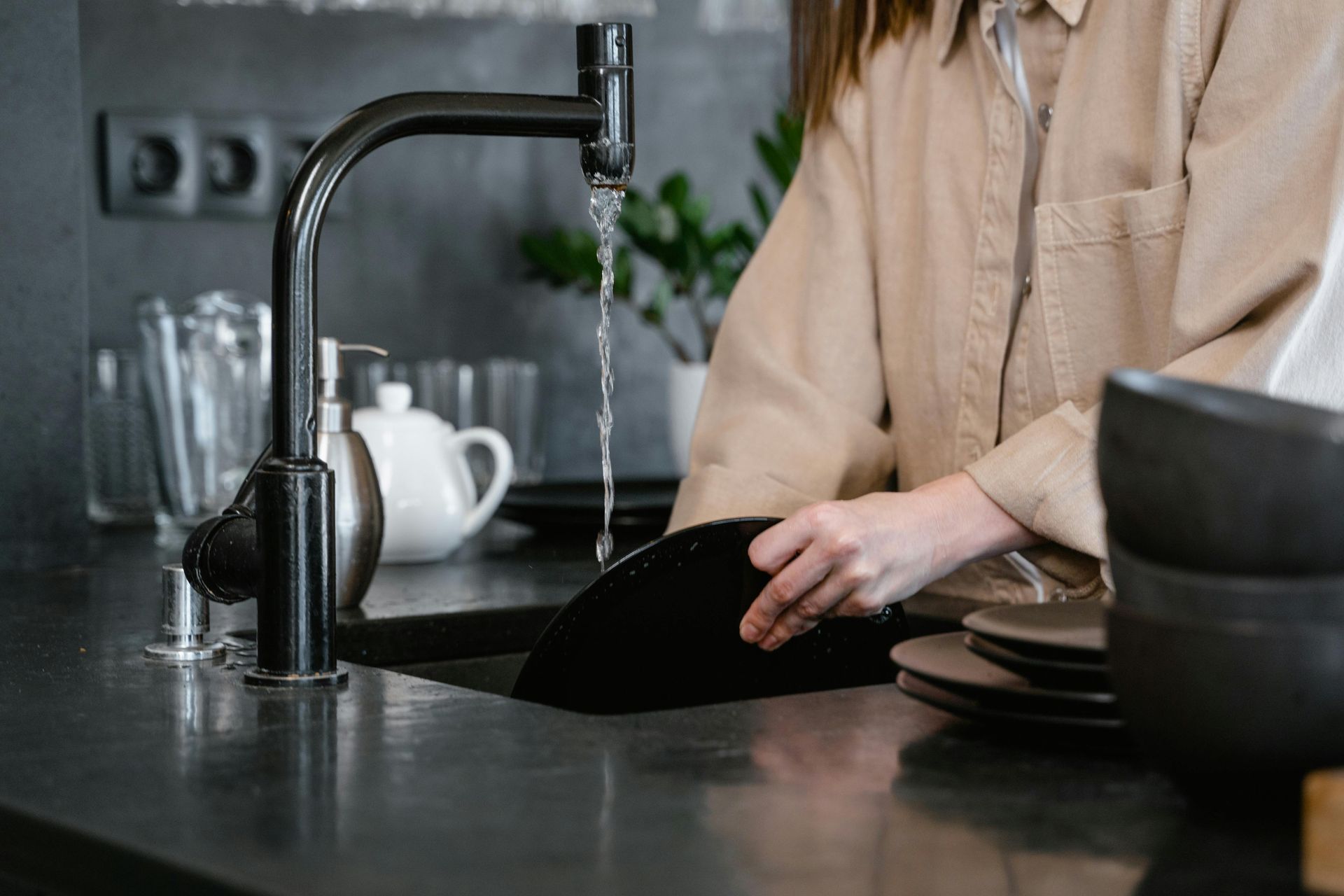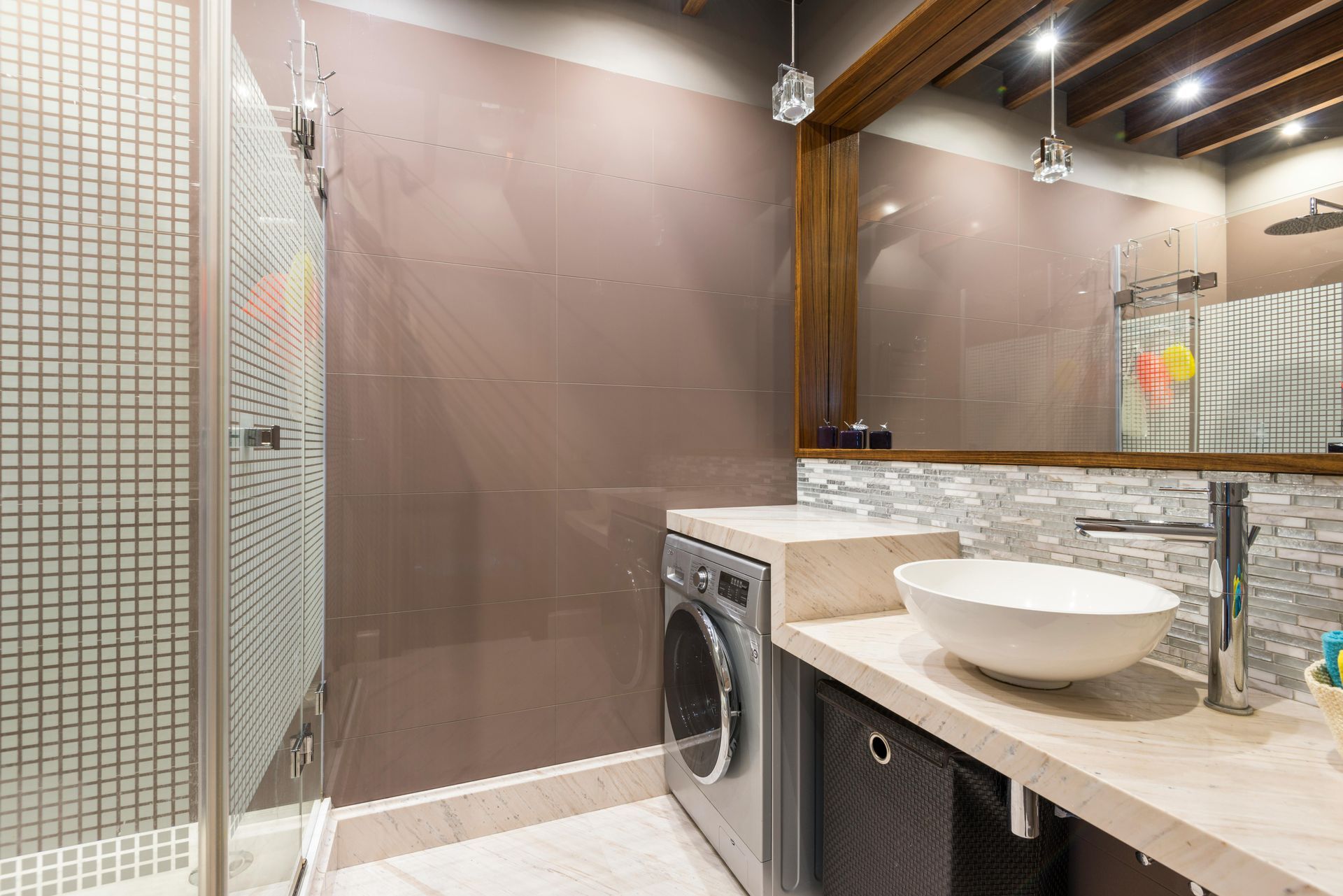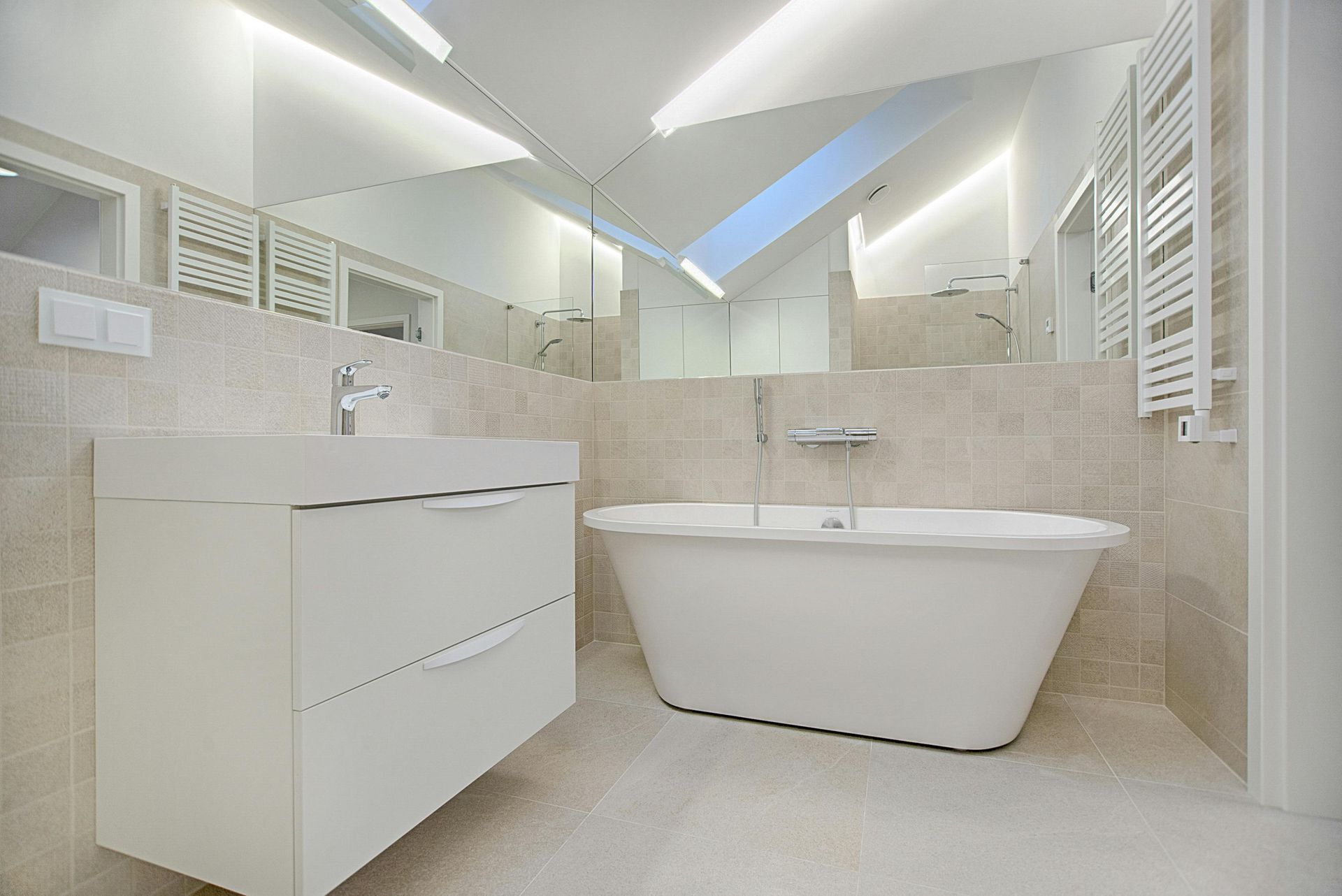Low Hot Water Pressure? Here's What Could Be Causing It
If you’ve turned on the shower or kitchen tap only to find the hot water pressure is low—while the cold water runs strong—you’re not alone. This is a common plumbing issue that can develop slowly over time or appear all of a sudden. While it might seem like a minor inconvenience, low water pressure on the hot side can indicate anything from mineral buildup to a failing water heater.
Let’s explore the most likely reasons why your hot water pressure is low, what it means, and when you should call a plumber.
What’s the Difference Between Hot and Cold Water Pressure?
In most homes, hot and cold water flow through separate lines but are pressurized by the same water supply system. So, if cold water flows normally but hot water pressure is low, it’s a sign that the issue lies within the hot water plumbing system—not the main supply.
The drop in pressure may affect just one faucet or the entire house. Pinpointing whether the problem is localized or system-wide is key to understanding what’s going on.
Common Causes of Low Hot Water Pressure
- Sediment Buildup in the Water Heater
Over time, minerals from hard water settle in the bottom of your hot water heater, reducing both capacity and flow. This is one of the most common causes of low water pressure on the hot side, especially if the problem affects all fixtures. Sediment can clog internal parts, reduce pressure output, or even damage the dip tube that directs cold water into the heater.
- Partially Closed Shut-Off Valve
If someone recently worked on your plumbing or water heater, they may not have fully reopened the hot water shut-off valve. Even a small obstruction can reduce flow significantly, especially to multiple fixtures.
- Clogged Faucet Aerators or Showerheads
Mineral buildup doesn’t only affect your water heater—it also collects in the small screens found in faucet aerators and showerheads. If only one fixture has low hot water pressure, check the aerator first. Unscrew it and inspect for debris or scale buildup.
- Old or Corroded Pipes
In older homes, galvanized steel pipes are often to blame for poor hot water flow. These pipes corrode from the inside out, narrowing the passage and restricting pressure. Because hot water accelerates corrosion and scale formation, the hot side is often affected first.
- Pressure-Reducing Valve (PRV) Issues
Some homes have a PRV to regulate overall water pressure. If it’s faulty or improperly adjusted, it may disproportionately affect hot water flow—especially if installed near the heater.
- Faulty Mixing Valve or Water Heater Components
A thermostatic mixing valve, if installed, may fail and restrict hot water flow. Similarly, if the water heater’s dip tube is broken or the internal components are failing, it may not push out hot water at proper pressure, even though cold water is unaffected.
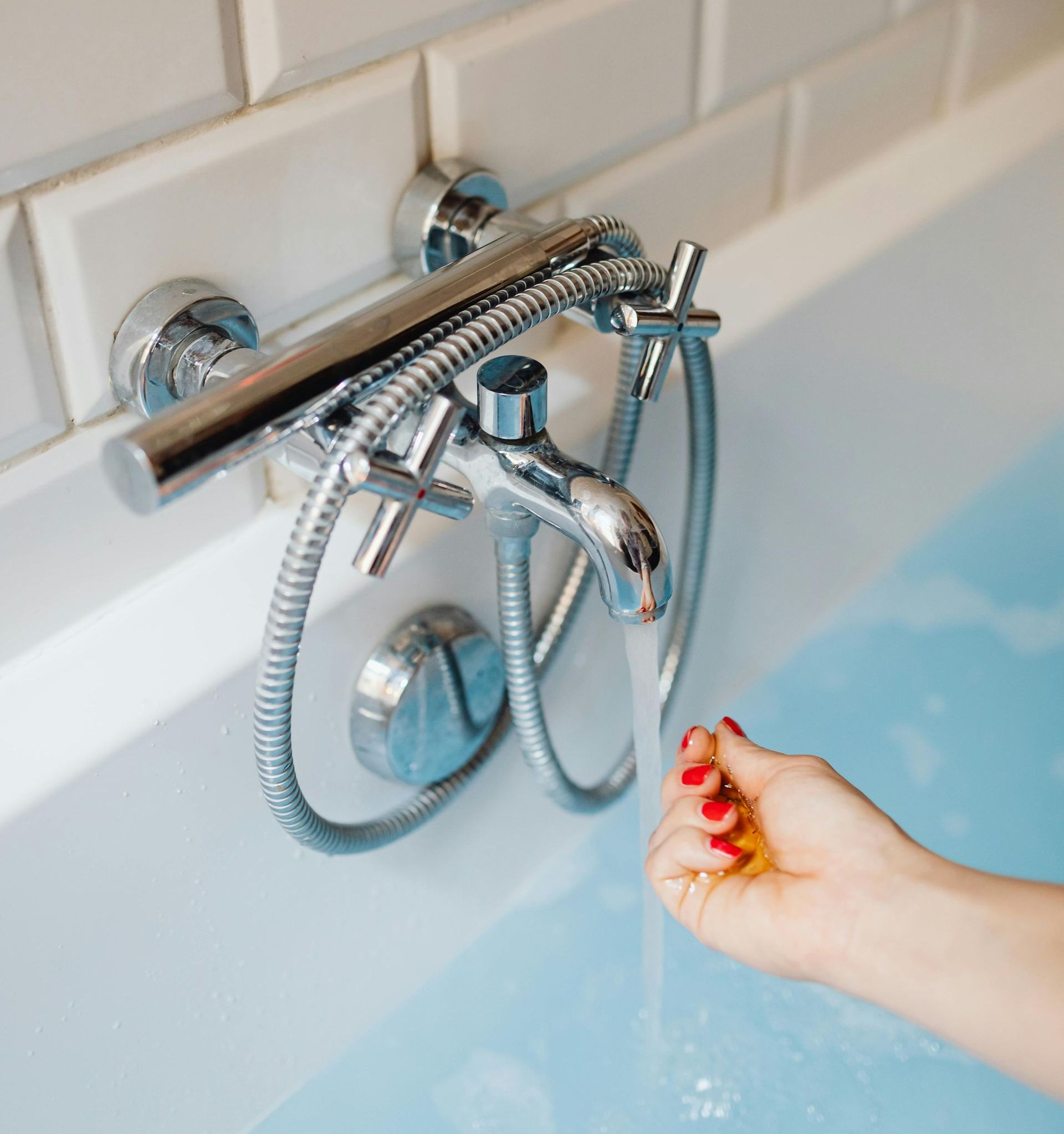
Why Is My Hot Water Pressure Low but Cold Is Fine?
This specific scenario almost always means the problem lies somewhere after the cold water splits into hot, which typically happens at or near the water heater. Cold water bypasses the heater and goes directly to your taps, so if it’s fine, your main pressure is likely normal.
You may be dealing with:
- A partially blocked hot water line
- Sediment buildup in the tank
- A faulty shut-off or mixing valve
- Localized fixture buildup (aerators or cartridges)
Understanding whether the issue affects one faucet or all hot water fixtures helps narrow it down.
Sudden Drop in Hot Water Pressure? Here’s What That Might Mean
If your hot water pressure was fine and suddenly dropped, that points to:
- Recent plumbing work (check valves and connections)
- A failing water heater component
- A burst or kinked pipe
- A newly formed blockage, especially if sediment broke loose
In such cases, professional diagnostics are recommended to prevent worsening damage or water heater failure.
What Can You Try Before Calling a Plumber?
If you're comfortable doing basic maintenance, try the following:
- Clean faucet aerators and showerheads
- Inspect the hot water shut-off valve near your heater
- Check other fixtures to see if the issue is isolated
- Flush your water heater if it hasn’t been serviced recently
- Look for visible leaks or signs of corrosion
If none of these steps improve the pressure—or if you suspect aging pipes or water heater issues—it’s time to call a professional.
When to Contact Fly Plumbing
At Fly Plumbing, we specialize in identifying the root causes of low hot water pressure, whether it's a simple blockage or a deeper issue within your plumbing system or water heater. Our team uses non-invasive tools, including camera inspections and pressure testing, to diagnose and fix the problem fast.
Don’t let weak hot water slow down your day. If your hot water pressure is low but cold is fine, we’ll help you restore strong, reliable flow—without the guesswork.
Frequently Asked Questions
Why is my hot water pressure low but the cold water is fine?
This usually means the issue lies within the hot water system—often due to sediment in the water heater, a partially closed valve, or buildup in hot water pipes or fixtures.
What causes low hot water pressure in the whole house?
Common causes include mineral buildup in the water heater, corrosion in older pipes, or a malfunctioning pressure-reducing valve. If all hot water fixtures are affected, it’s likely a central system issue.
Can I fix low hot water pressure myself?
You can try cleaning aerators, checking shut-off valves, or flushing the water heater. But if the pressure doesn’t improve, or the problem is house-wide, it’s best to call a plumber for diagnosis.
